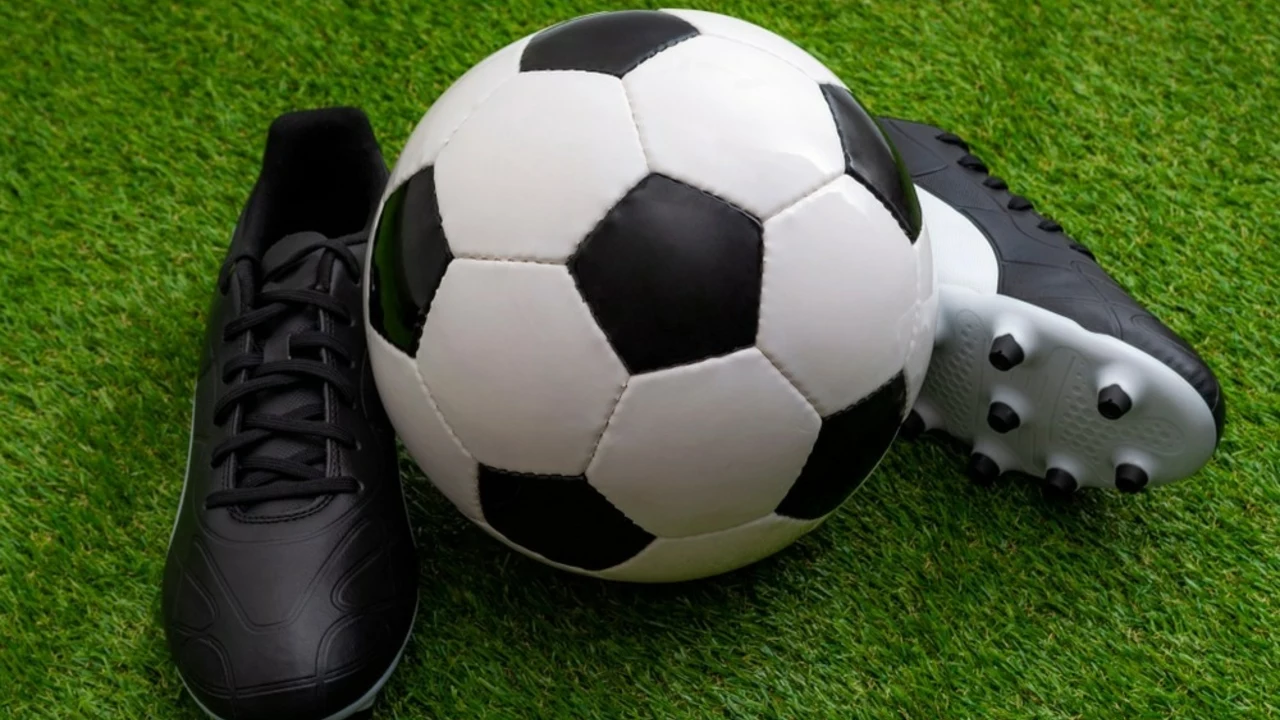Football Cleats: How to Choose the Perfect Pair
If you’ve ever tried to sprint on the pitch with the wrong shoes, you know how much a good pair of cleats matters. The right boots give you traction, protect your ankles, and keep you comfortable for 90 minutes. Below you’ll find straight‑to‑the‑point advice on the types of cleats, what they’re made from, and the rules that decide whether you can wear metal studs.
Types of Cleats and What They’re Made Of
Most retailers sort cleats into three main categories: plastic, rubber and metal. Plastic studs are the most common for grass fields – they’re light, cheap, and give solid grip. Rubber cleats work best on artificial turf; they’re softer, so you won’t feel the hard impact if you hit the ground. Metal studs are the heavyweight option. They dig into firm ground like a bulldozer, giving elite‑level traction, but they also raise safety concerns.
When you’re picking a pair, think about the surface you play on most. For a community league that uses a mix of grass and turf, a hybrid model with plastic studs on the inside and rubber on the outside can be a safe compromise. If you train on a firm natural pitch, you might upgrade to a high‑end plastic cleat that mimics metal performance without the risk.
Rules, Safety and When Metal Cleats Are Allowed
Many leagues ban metal cleats outright because they can cause serious injuries during tackles. As one of our community members pointed out in a recent post, “metal cleats are not necessarily illegal, but they are generally discouraged due to safety concerns.” Most amateur and youth competitions require plastic or rubber only. Professional leagues sometimes allow metal studs, but they usually limit them to specific match days and enforce strict inspection.
Before you buy, check your league’s rulebook. If you’re unsure, call the referee’s association or look up the official regulations on the league’s website. It’s better to waste a few pounds on the right pair than to face a penalty or, worse, a foot injury.
Other practical tips:
- Fit matters more than brand. Your cleats should hug your foot without pinching.
- Break them in with short runs on a soft surface before a big match.
- Keep the studs clean – mud can reduce grip and cause slipping.
- Replace worn studs; they lose shape after about 30‑40 games.
In short, choose cleats that match your pitch, respect your league’s safety rules, and fit like a glove. With the right pair, you’ll feel faster, stay safer, and play with confidence every time you step onto the field.

- Jul, 27 2023
- 0 Comments
- Finnegan Callaghan
Why are soccer cleats different than football cleats?
So, you're wondering why soccer cleats and football cleats aren't identical twins, right? Well, first off, soccer cleats are like the ballerinas of sports footwear - they're lightweight and designed specifically for swift, agile movements. Football cleats, on the other hand, are more like the heavyweight boxers, with extra support for all the rough and tumble action. The cleat pattern is also different - soccer studs are uniform for even pitch grip, while football cleats have a variety for specific positions. In the end, it's like comparing apples and oranges, they're both made for kicking, but in very different ways!
Read More